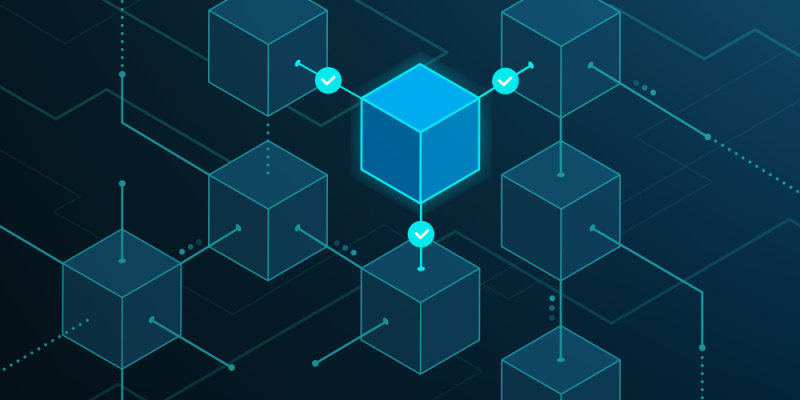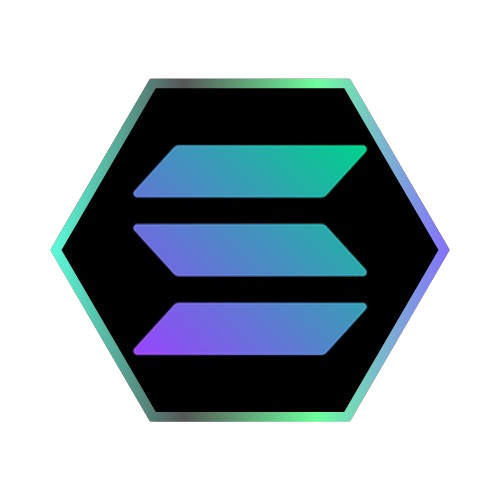
You might be wondering What is Blockchain? Well Blockchain is a secure database shared across a network of participants, where up-to-date information is available to all participants at the same time. Blockchain is one of the major tech stories of the past decade. Everyone seems to be talking about it—but beneath the surface chatter there’s not always a clear understanding of what blockchain is or how it works. Despite its reputation for impenetrability, the basic idea behind blockchain is pretty simple. And it has major potential to change industries from the bottom up. What is blockchain ? Blockchain is a technology that enables the secure sharing of information. Data, obviously, is stored in a database. Transactions are recorded in an account book called a ledger. A blockchain is a type of distributed database or ledger—one of today’s top tech trends—which means the power to update a blockchain is distributed between the nodes, or participants, of a public or private computer network. This is known as distributed ledger technology, or DLT. Nodes are incentivized with digital tokens or currency to make updates to blockchains. Blockchain allows for the permanent, immutable, and transparent recording of data and transactions. This, in turn, makes it possible to exchange anything that has value, whether that is a physical item or something less tangible. A blockchain has three central attributes. First, a blockchain database must be cryptographically secure. That means in order to access or add data on the database, you need two cryptographic keys: a public key, which is basically the address in the database, and the private key, which is a personal key that must be authenticated by the network. Next, a blockchain is a digital log or database of transactions, meaning it happens fully online. Clickable Box Sol Swap SLP ICO is live BUY This 1000x Coin Buy SLP Now / And finally, a blockchain is a database that is shared across a public or private network. One of the most well-known public blockchain networks is the Bitcoin blockchain. Anyone can open a Bitcoin wallet or become a node on the network. Other blockchains may be private networks. These are more applicable to banking and fintech, where people need to know exactly who is participating, who has access to data, and who has a private key to the database. Other types of blockchains include consortium blockchains and hybrid blockchains, both of which combine different aspects of public and private blockchains. Research from the McKinsey Technology Council suggests that by 2027, up to 10 percent of global GDP could be associated with blockchain-enabled transactions. But in the world of blockchain, what is real and what is just hype? And how can companies use blockchain to increase efficiency and create value? Read on to find out. How does blockchain work? A deeper dive may help in understanding how blockchain and other DLTs work. When data on a blockchain is accessed or altered, the record is stored in a “block” alongside the records of other transactions. Stored transactions are encrypted via unique, unchangeable hashes, such as those created with the SHA-256 algorithm. New data blocks don’t overwrite old ones; they are appended together so that any changes can be monitored. And since all transactions are encrypted, records are immutable—so any changes to the ledger can be recognized by the network and rejected. These blocks of encrypted data are permanently “chained” to one another, and transactions are recorded sequentially and indefinitely, creating a perfect audit history that allows visibility into past versions of the blockchain. When new data is added to the network, the majority of nodes must verify and confirm the legitimacy of the new data based on permissions or economic incentives, also known as consensus mechanisms. When a consensus is reached, a new block is created and attached to the chain. All nodes are then updated to reflect the blockchain ledger. In a public blockchain network, the first node to credibly prove the legitimacy of a transaction receives an economic incentive. This process is called “mining.” Here’s a theoretical example to help illustrate how blockchain works. Imagine that someone is looking to buy a concert ticket on the resale market. This person has been scammed before by someone selling a fake ticket, so she decides to try one of the blockchain-enabled decentralized ticket exchange websites that have been created in the past few years. On these sites, every ticket is assigned a unique, immutable, and verifiable identity that is tied to a real person. Before the concertgoer purchases her ticket, the majority of the nodes on the network validate the seller’s credentials, ensuring that the ticket is in fact real. She buys her ticket and enjoys the concert. Join our Cryptoors Army Make 100x What is proof of work and how is it different from proof of stake? Remember the idea of consensus mechanisms mentioned earlier? There are two ways blockchain nodes arrive at a consensus: through private blockchains, where trusted corporations are the gatekeepers of changes or additions to the blockchain, or through public, mass-market blockchains. Most public blockchains arrive at consensus by either a proof-of-work or proof-of-stake system. In a proof-of-work system, the first node, or participant, to verify a new data addition or transaction on the digital ledger receives a certain number of tokens as a reward. To complete the verification process, the participant, or “miner,” must solve a cryptographic question. The first miner who solves the puzzle is awarded the tokens. Originally, people on various blockchains mined as a hobby. But because this process is potentially lucrative, blockchain mining has been industrialized. These proof-of-work blockchain-mining pools have attracted attention for the amount of energy they consume. In September 2022, Ethereum, an open-source cryptocurrency network, addressed concerns around energy usage by upgrading its software architecture to a proof-of-stake blockchain. Known simply as “the Merge,” this event is seen by cryptophiles as a banner moment in the history of blockchain. With proof-of-stake, investors deposit their crypto coins in a shared pool in

